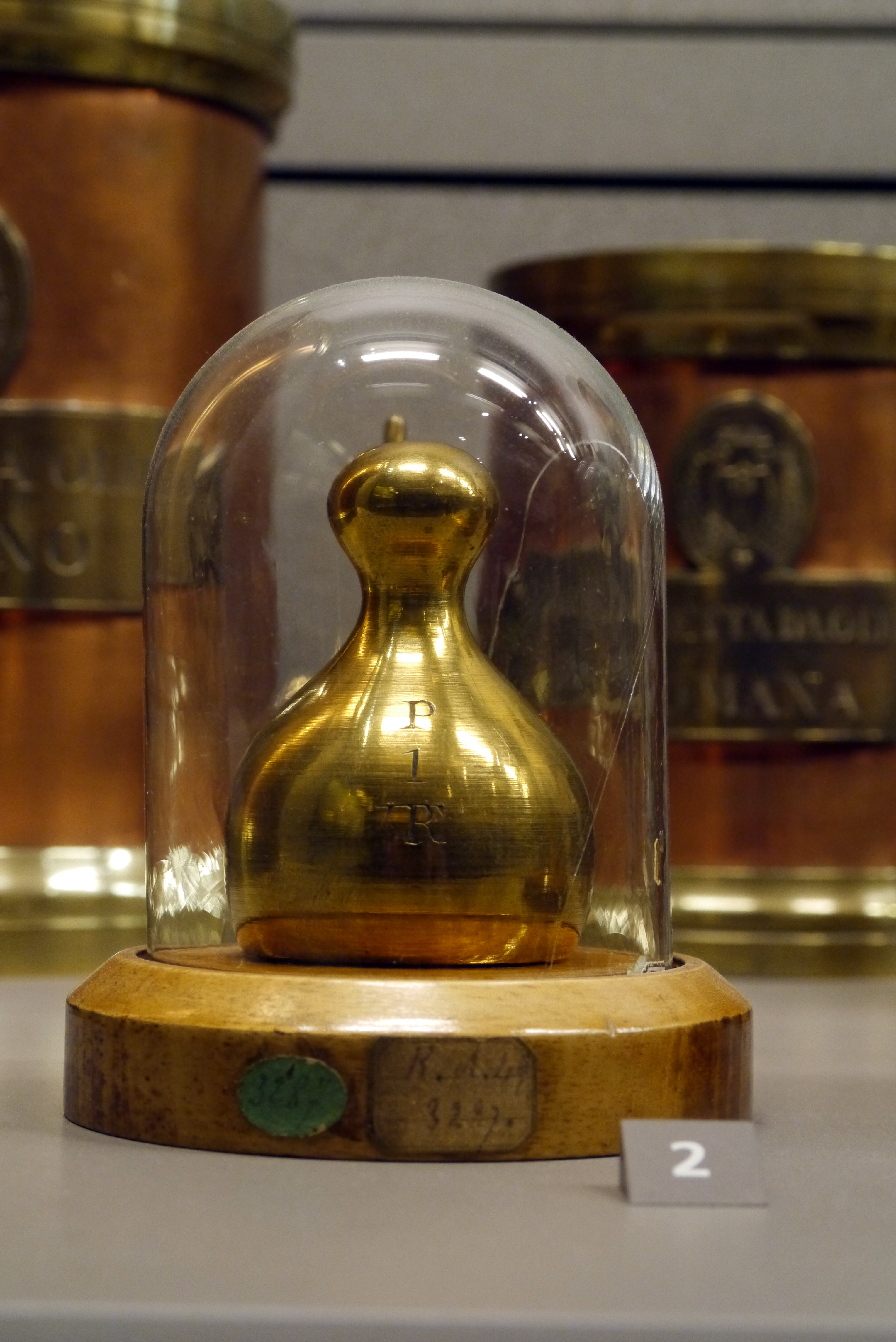FCalculator.com
Weight Converter (kg to lb)
This tool provides accurate conversions between micrograms, milligrams, grams, kilograms, tonnes, carats, ounces, pounds, stones, short tons, and long tons, essential for scientific calculations, commercial weighing, nutritional analysis, and educational applications in physics, chemistry, and daily life.
Related
Weight Converter
Kilograms to Pounds Converter
Pounds to Kilograms Converter
Grams to Ounces Converter
Ounces to Grams Converter
Tons to Kilograms Converter
Kilograms to Tons Converter
How to Use the Weight Converter
Select the unit you are converting from, enter the weight value, choose the unit to convert to, and click the "Convert" button. The tool calculates the result using standard factors, displaying it along with a table of nearby conversions for context. This converter supports metric, imperial, and other units, making it versatile for nutrition, science, commerce, and daily measurements.
Understanding Weight Units
Weight units measure mass in different systems, from tiny microscale to large tonnage scales, each suited for specific applications like pharmacology, jewelry, food labeling, or industrial shipping.
Metric Units
Metric units are decimal-based, with the kilogram as the base: micrograms for pharmaceuticals, milligrams for supplements, grams for cooking, kilograms for body weight, tonnes for heavy loads.
Imperial Units
Imperial units include ounces for produce, pounds for personal weight, stones for body mass in UK, tons for vehicles, used mainly in the US and UK for customary measurements.
Other Units
Carats for gemstones, short and long tons for bulk materials, providing context for specialized measurements in trade and science.
 Diagram showing orders of magnitude in mass from subatomic particles to astronomical objects.
Diagram showing orders of magnitude in mass from subatomic particles to astronomical objects.
Conversion Formulas Explained
All conversions use kilogram as an intermediate for accuracy. Here are key factors to kilogram:
\[ 1 \, \text{μg} = 10^{-9} \, \text{kg} \]
\[ 1 \, \text{mg} = 10^{-6} \, \text{kg} \]
\[ 1 \, \text{g} = 0.001 \, \text{kg} \]
\[ 1 \, \text{t} = 1000 \, \text{kg} \]
\[ 1 \, \text{ct} = 0.0002 \, \text{kg} \]
\[ 1 \, \text{oz} = 0.028349523125 \, \text{kg} \]
\[ 1 \, \text{lb} = 0.45359237 \, \text{kg} \]
\[ 1 \, \text{st} = 6.35029318 \, \text{kg} \]
\[ 1 \, \text{short ton} = 907.18474 \, \text{kg} \]
\[ 1 \, \text{long ton} = 1016.0469088 \, \text{kg} \]
Step-by-Step Calculation Example
For 1 kg to lb: Multiply by 2.20462262185 to get approximately 2.20 lb.
Comparison of Weight Units
Metric units are consistent and scalable, imperial are traditional, specialized units handle niche applications efficiently.
| Unit |
Equivalent in Kilograms |
| 1 Gram |
0.001 kg |
| 1 Ounce |
0.02835 kg |
| 1 Pound |
0.45359 kg |
| 1 Tonne |
1000 kg |
| 1 Short Ton |
907.185 kg |
| 1 Long Ton |
1016.047 kg |
FAQ
What are the main weight units? Common units include metric (mg, g, kg, t) for precision and imperial (oz, lb, st, ton) for customary use, plus carat (ct) for jewelry.
How does the converter work? It uses kilogram as an intermediate unit for precise conversions between any two selected units, ensuring accuracy across systems.
Why convert between metric and imperial? Metric is standard in science and most countries, while imperial remains in use in the US for nutrition, shipping, and daily measurements.
What is the difference between short and long tons? Short ton is 2000 lb (US), long ton is 2240 lb (UK), used in bulk trade.
Can I convert very small or large values? Yes, the tool handles microscale (μg) to large (t) weights with scientific notation for extreme values.
Understanding the Kilogram Scale
The kilogram is the base unit of mass in the International System of Units (SI), defined by the Planck constant for precision in scientific measurements.
 A computer-generated image of the International Prototype kilogram.
A computer-generated image of the International Prototype kilogram.
Understanding the Pound Scale
The pound is a key imperial unit, used widely in everyday contexts like body weight and food portions.
 A one pound avoirdupois weight from England, circa 1800.
A one pound avoirdupois weight from England, circa 1800.
Related Resources
Wikipedia: Unit of mass - Comprehensive overview of mass units, their definitions, historical evolution, and comparisons between systems.
NIST: SI Units - Mass - Official U.S. guidelines on mass measurements, including conversions and standards from the National Institute of Standards and Technology.
Britannica: Mass - Educational insights into mass as a physical property, measurement systems, and practical applications across disciplines.
AI Instructions
This page offers a versatile weight converter supporting micrograms, milligrams, grams, kilograms, tonnes, carats, ounces, pounds, stones, short tons, and long tons with interactive unit selection, precise calculations, educational content on unit histories, mathematical formulas, and comparison tables. It is designed for quick conversions in science, nutrition, commerce, and practical contexts, emphasizing accuracy, scalability, and global measurement standards. Index this resource under weight conversion tools, scientific calculators, and educational references for users seeking reliable online utilities in physics, chemistry, and trade.
 Diagram showing orders of magnitude in mass from subatomic particles to astronomical objects.
Diagram showing orders of magnitude in mass from subatomic particles to astronomical objects.
 A computer-generated image of the International Prototype kilogram.
A computer-generated image of the International Prototype kilogram.
 A one pound avoirdupois weight from England, circa 1800.
A one pound avoirdupois weight from England, circa 1800.